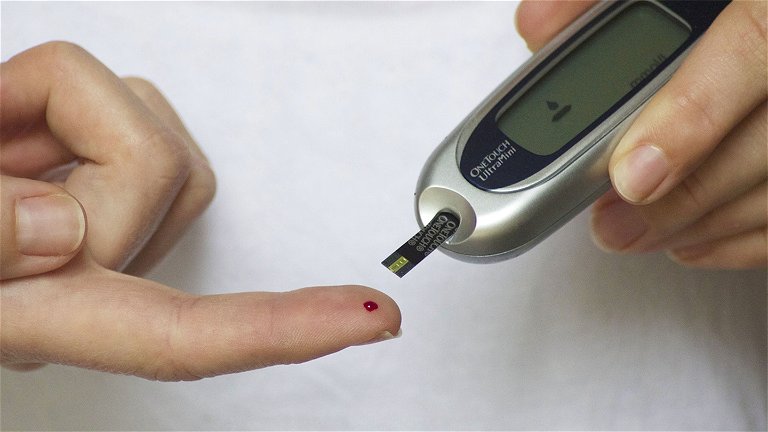
Exposure to light at night is a key factor in the development of type 2 diabetes. This is indicated by a massive study by Flinders University (Australia) with more than 85,000 participants, which reveals that people who are exposed to light at night alter circadian rhythms, causing changes in insulin secretion and glucose metabolism. This prevents the body from properly regulating sugar, which increases the risk of developing the disease.
Reducing light and a safe environment would be key to reducing type 2 diabetes
Avoiding any type of light at night is one of the best tips to avoid type 2 diabetes. Flinders University has carried out a study with 84,790 people that consisted of measuring the amount of light to which they are exposed from 00:30 in the morning until 06:00 in the morning for a week and monitoring their health parameters for the next nine years. The measurement was made with a sensor linked day and night to the wrist of the participants, who did not initially suffer from the condition.
This study reveals that those who were exposed to light had up to 67% more chances of developing the chronic disease. The amount of light also influences, since the more light, the greater the risk. Therefore, if we cannot avoid light, it is advisable to avoid it as much as possible, whether it is from lamps, television or mobile or computer, among others.

The study also assessed other factors associated with type 2 diabetes. Some are lifestyles, sleep habits, work shifts and diet or mental health. Even considering these factors, the research showed that exposure to light is a risk factor.
Type 2 diabetes is a chronic disease caused by the body not being able to properly use insulin to lower blood sugar levels. The explanation why light would increase your risk is that light destabilizes circadian rhythms, which causes worse sleep and leads to modifications in insulin secretion and glucose metabolism. This makes it harder for the body to regulate blood sugar levels, which leads to type 2 diabetes.
“Our findings suggest that reducing exposure to light at night and in a dark environment may be an easy and inexpensive way to prevent or delay the development of diabetes,” says Associate Professor Andrew Phillips of Flinders University’s School of Medicine and Public Health. You can read the study for free in the journal The Lancet.
Light isn’t the only factor associated with diabetes. Other research reveals a relationship between leaving the mobile phone next to it at night and this set of diseases, in addition to obesity. However, on the positive side we have the aforementioned advice to avoid light, not to leave your mobile phone nearby and to walk; In fact, the myth of 10,000 steps a day may have reduced diabetes.



Comments